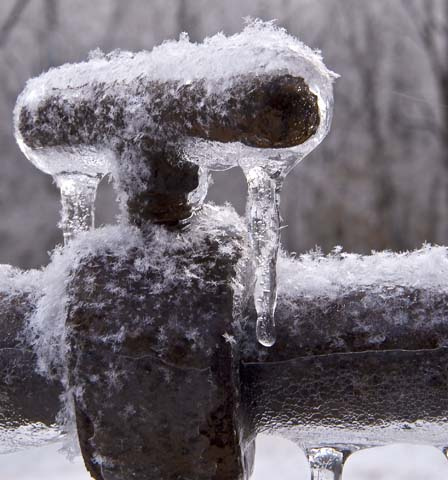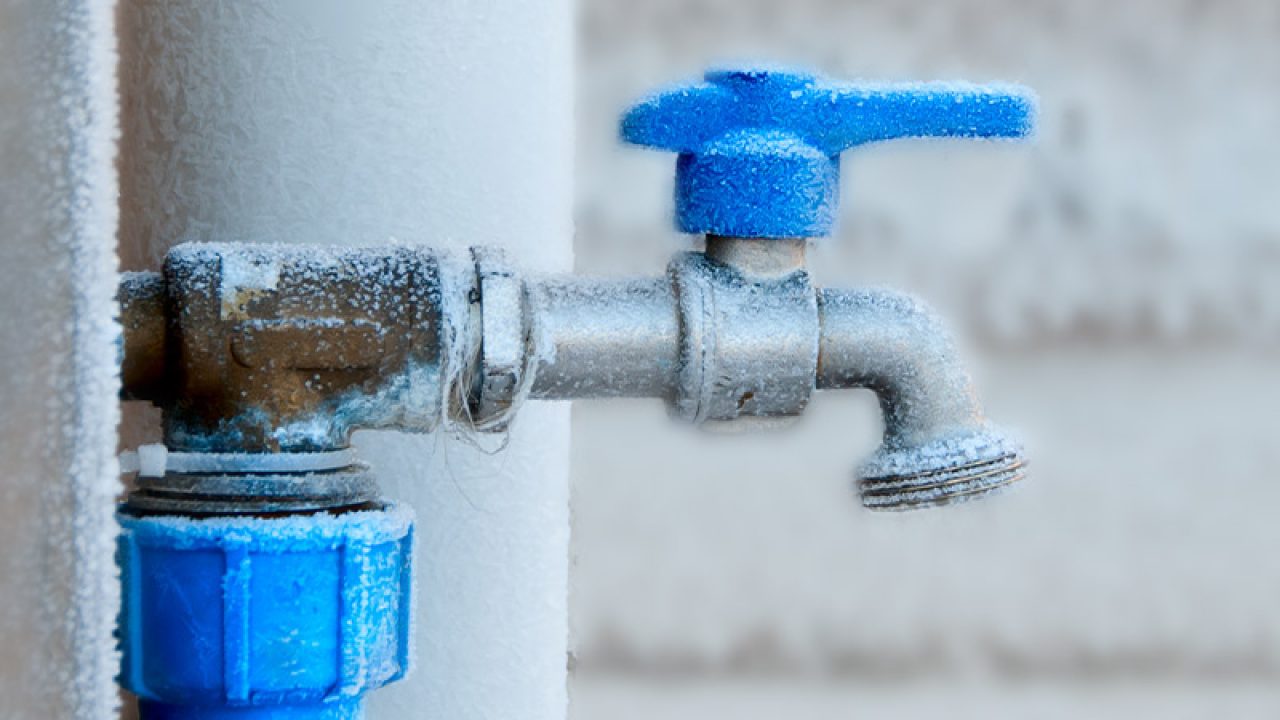Ways to Protect Pipes from Cold Weather Issues: Crucial Guidance
Ways to Protect Pipes from Cold Weather Issues: Crucial Guidance
Blog Article
The content which follows in relation to Prevent Frozen Pipes is extremely entertaining. Read it yourself and see what you think about it.

Winter can wreak havoc on your plumbing, especially by freezing pipes. Below's how to prevent it from occurring and what to do if it does.
Intro
As temperature levels decline, the danger of icy pipelines rises, possibly bring about pricey repair services and water damage. Comprehending how to prevent icy pipes is vital for home owners in cold climates.
Understanding Frozen Pipes
What creates pipes to ice up?
Pipes ice up when exposed to temperature levels listed below 32 ° F (0 ° C) for extended durations. As water inside the pipelines freezes, it expands, taxing the pipeline walls and possibly causing them to break.
Dangers and damages
Icy pipes can result in water supply disturbances, property damage, and pricey fixings. Burst pipelines can flood homes and trigger considerable architectural damages.
Signs of Frozen Water Lines
Identifying frozen pipes early can prevent them from rupturing.
Exactly how to recognize frozen pipes
Seek decreased water flow from faucets, unusual odors or noises from pipes, and visible frost on exposed pipes.
Prevention Tips
Protecting vulnerable pipelines
Cover pipelines in insulation sleeves or make use of warmth tape to shield them from freezing temperatures. Focus on pipes in unheated or outside areas of the home.
Heating strategies
Keep interior rooms adequately heated up, particularly areas with pipes. Open up cabinet doors to permit warm air to distribute around pipelines under sinks.
Shielding Exterior Pipes
Yard tubes and exterior faucets
Detach and drain garden pipes before wintertime. Set up frost-proof faucets or cover outside taps with insulated caps.
What to Do If Your Pipes Freeze
Immediate actions to take
If you suspect icy pipes, keep faucets open up to ease stress as the ice melts. Utilize a hairdryer or towels soaked in warm water to thaw pipelines gradually.
Long-Term Solutions
Architectural changes
Think about rerouting pipes far from exterior wall surfaces or unheated areas. Add extra insulation to attics, basements, and crawl spaces.
Updating insulation
Buy high-quality insulation for pipelines, attic rooms, and wall surfaces. Appropriate insulation assists keep regular temperature levels and minimizes the danger of icy pipes.
Conclusion
Stopping icy pipes needs positive measures and fast actions. By understanding the causes, indications, and preventive measures, home owners can shield their pipes throughout winter.
6 Proven Ways to Prevent Frozen Pipes and Protect Your Home
Disconnect and Drain Garden Hoses
Before winter arrives, start by disconnecting your garden hoses and draining any remaining water. Close the shut-off valves that supply outdoor hose bibs and leave the outdoor faucet open to allow any residual water to drain. For extra protection, consider using faucet covers throughout the colder months. It’s also important to drain water from any sprinkler supply lines following the manufacturer’s directions.
Insulate Exposed Pipes
Insulating your pipes is an effective way to prevent freezing. Pipe insulation is readily available at home improvement stores and is relatively inexpensive. Pay close attention to pipes in unheated areas such as the attic, basement, crawl spaces, or garage. Apply foam insulation generously to create a buffer against the cold. You can also wrap your pipes in heat tape or thermostat-controlled heat cables for added warmth.
Seal Air Leaks
Inspect your home for any cracks or openings that could let in cold air. Seal any holes around the piping in interior or exterior walls, as well as the sill plates where your home rests on its foundation. Additionally, make sure to keep your garage door closed unless you’re entering or exiting. Leaving it open creates a significant air leak that can lead to frozen pipes.
Allow Warm Air Circulation
During cold snaps, it’s essential to allow warm air to circulate evenly throughout your home. Leave interior doors ajar to promote better airflow. Open kitchen and bathroom cabinets to help distribute heat consistently around the rooms. If you have small children or pets, be sure to remove any household chemicals or potentially harmful cleaners from open cabinets for safety.
Let Faucets Drip
A small trickle of water can make a big difference in preventing ice formation inside your pipes. When temperatures drop significantly, start a drip of water from all faucets served by exposed pipes. This continuous flow helps prevent the water from freezing. Additionally, running a few faucets slightly can relieve pressure inside the pipes, reducing the chances of a rupture if the water inside does freeze.
https://choateshvac.com/6-proven-ways-to-prevent-frozen-pipes-and-protect-your-home/

As a keen reader on Prevent Frozen Pipes , I figured sharing that topic was a good thing. Be sure to pause to distribute this content if you appreciated it. Thank you for your time spent reading it.
Call Today Report this page